The Most Devastating Battles Of The American Civil War
The American Civil War, fought from 1861 to 1865, was a conflict of epic proportions, shaping the future of the United States. It was a turbulent period marked by battles that defined the era. From the rolling hills of Pennsylvania to the riverbanks of Mississippi, each battle played a vital role in the war’s outcome. The stories of courage and strategy continue to capture the imagination of history enthusiasts and remind us of the sacrifices made.
The Battle of Gettysburg
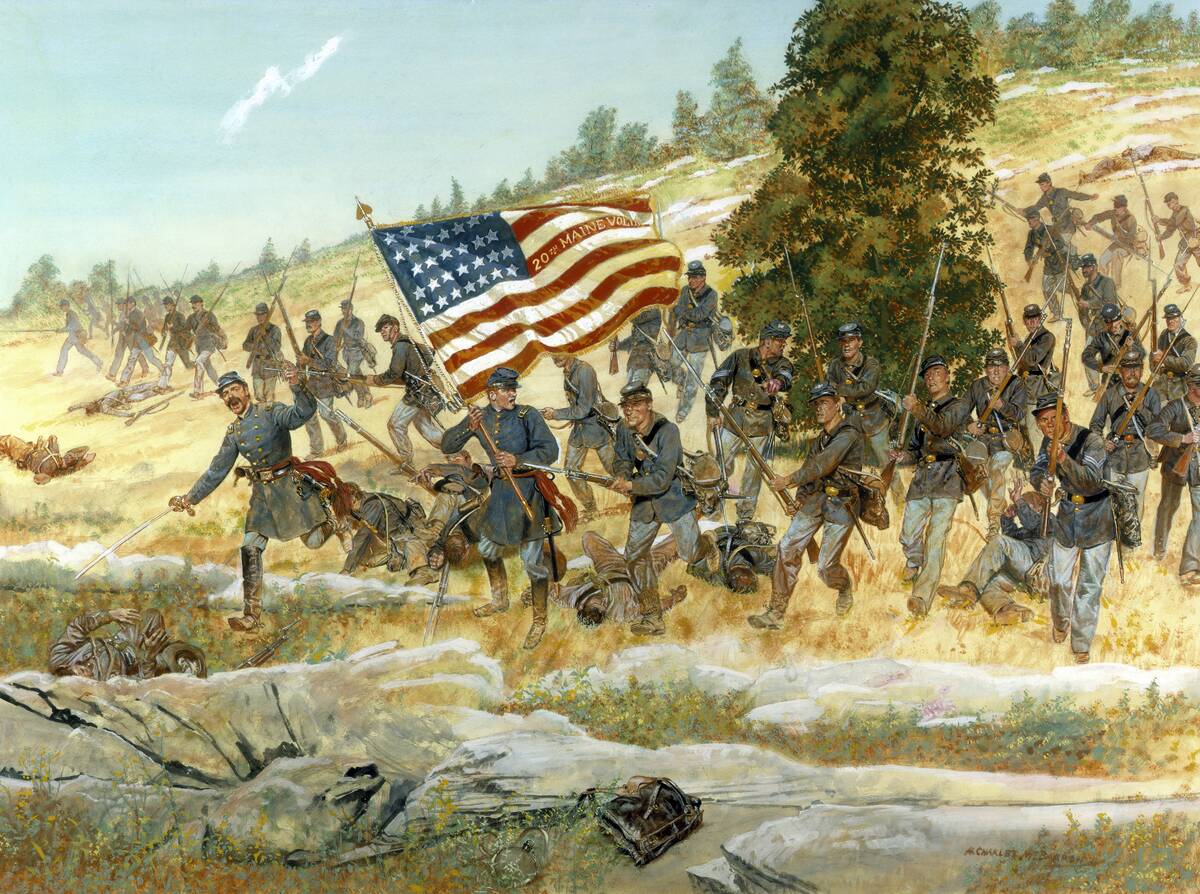
In July 1863, the Battle of Gettysburg became a pivotal moment in the Civil War, often referred to as its turning point. Over three days, Union and Confederate forces clashed in a brutal confrontation that resulted in approximately 51,000 casualties. The Union’s victory ended General Robert E. Lee’s invasion of the North, shifting the war’s momentum. This battle is commemorated by the Gettysburg Address, delivered by President Abraham Lincoln, which redefined the nation’s purpose and commitment to equality.
The Battle of Antietam
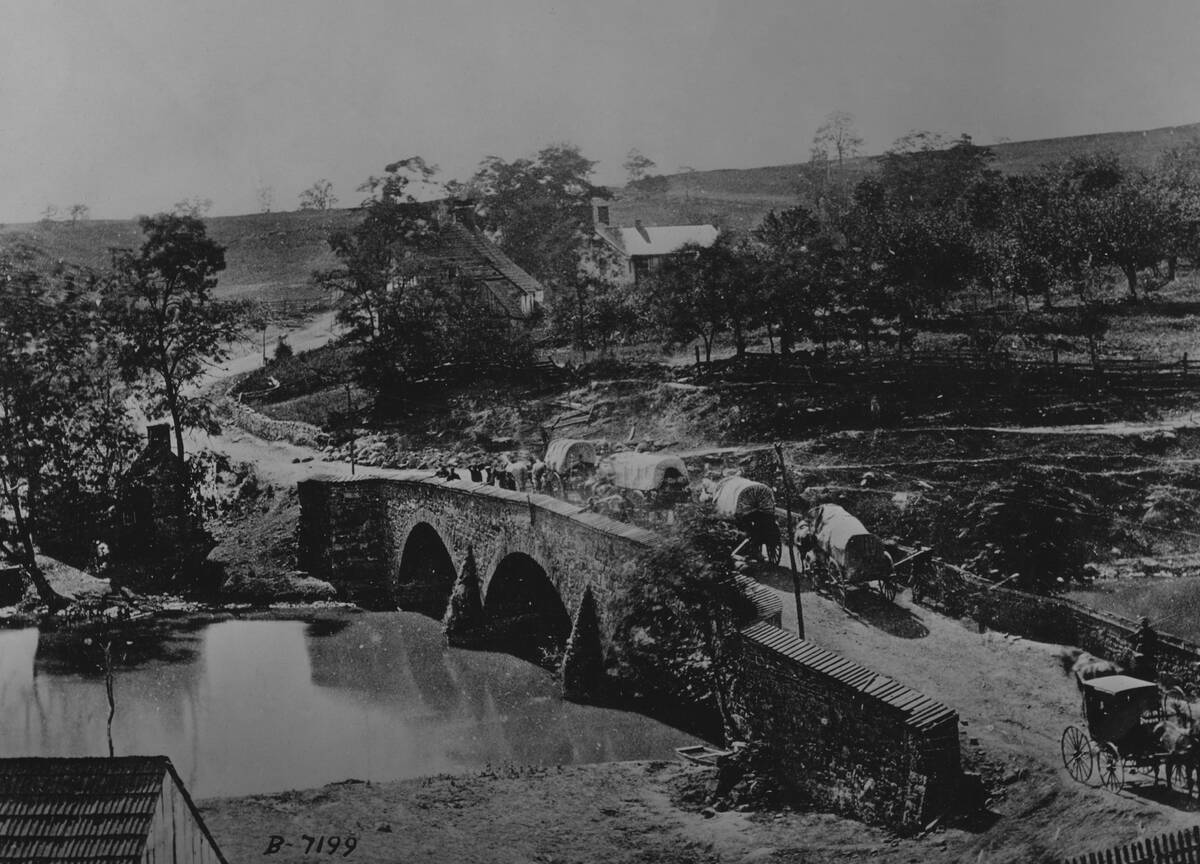
Known as the bloodiest single day in American military history, the Battle of Antietam raged on September 17, 1862. This clash saw around 23,000 soldiers killed, wounded, or missing. The Union’s tactical victory provided President Lincoln the opportunity to issue the preliminary Emancipation Proclamation. Despite the heavy losses, the battle marked a significant shift in the war, as it deterred European powers from recognizing the Confederacy and bolstered Northern morale.
The Battle of Chickamauga

The Battle of Chickamauga, fought in September 1863, was a significant Confederate victory in the Western Theater. It was the second deadliest battle of the war, with over 34,000 casualties. General Braxton Bragg’s forces successfully repelled Union troops, marking a rare triumph for the Confederacy in the region. Despite the victory, the Confederate army’s inability to capitalize on the momentum allowed Union forces to regroup and eventually secure Chattanooga.
The Siege of Vicksburg
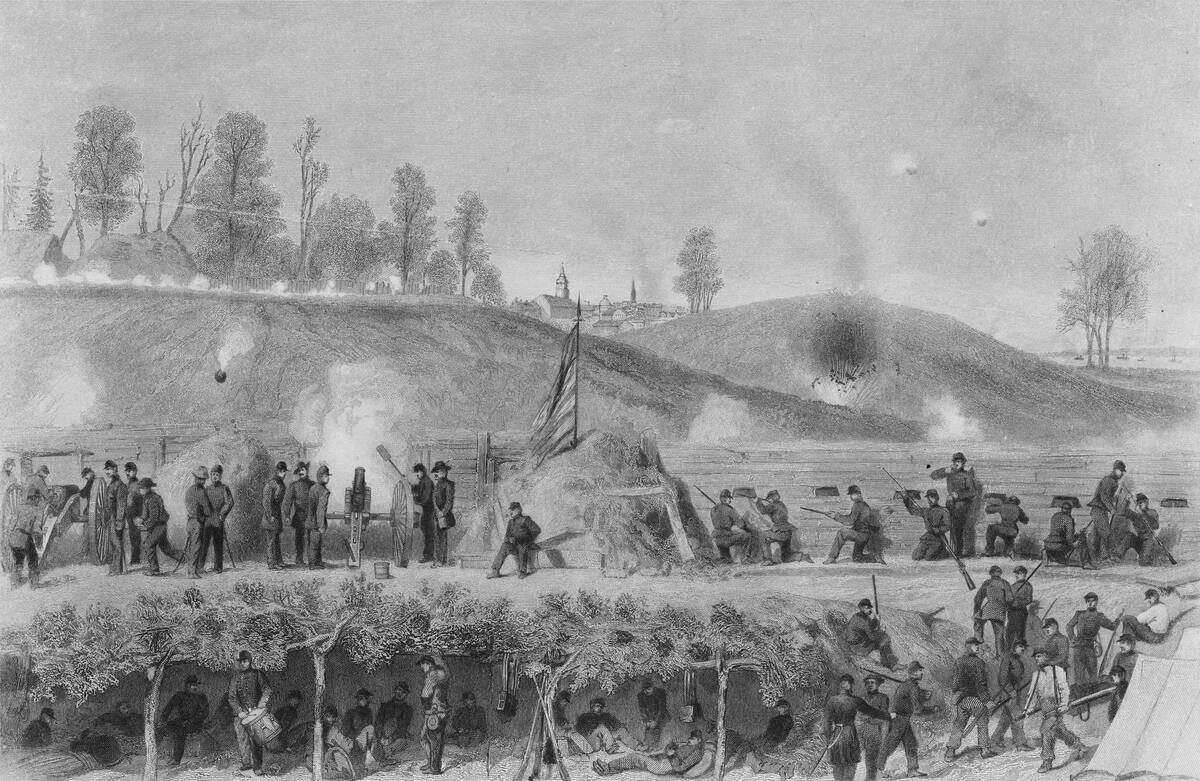
The Siege of Vicksburg was a critical Union victory, giving them control of the Mississippi River. Lasting from May 18 to July 4, 1863, the siege effectively split the Confederacy in two. General Ulysses S. Grant’s successful campaign demonstrated the effectiveness of total war. Vicksburg’s fall, coupled with the victory at Gettysburg, marked a turning point, boosting Northern morale and weakening the Confederate war effort significantly.
The Battle of Shiloh
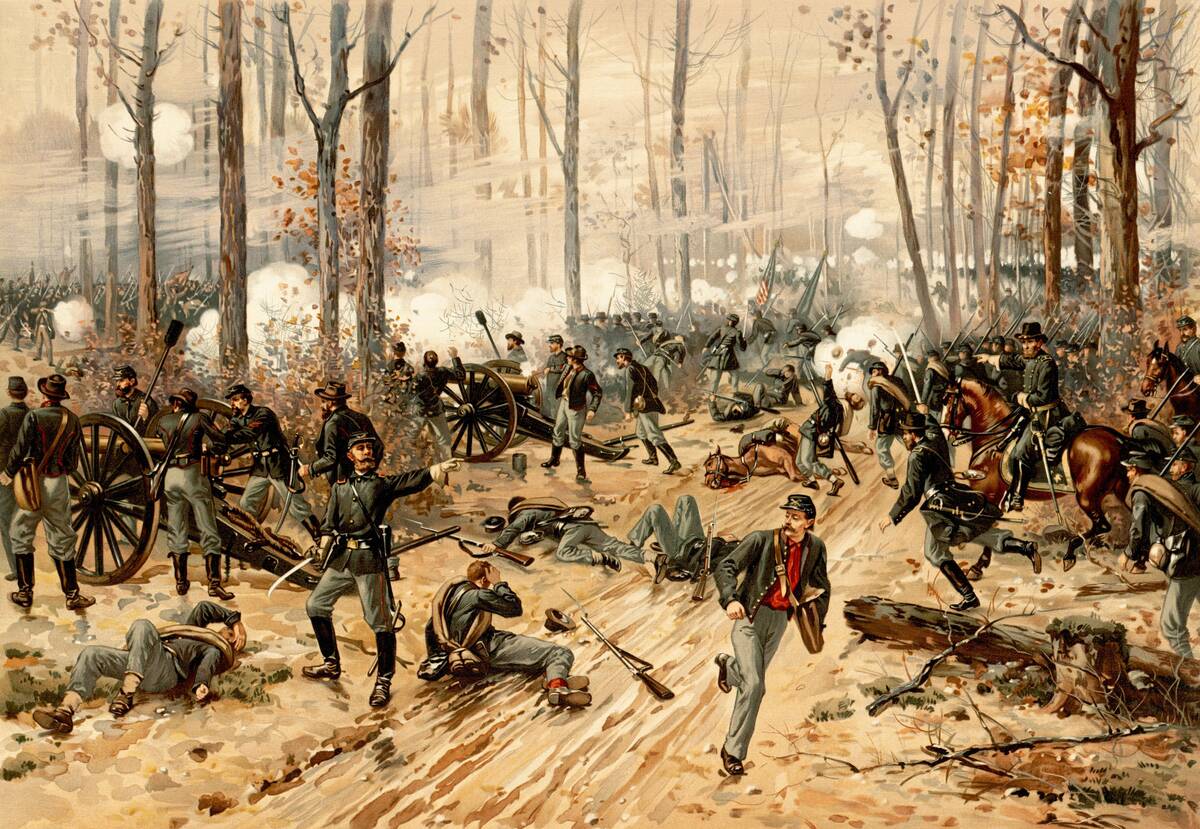
The Battle of Shiloh, fought in April 1862, shocked both the Union and the Confederacy with its unprecedented level of violence. Over two days, the battle resulted in nearly 24,000 casualties, underscoring the war’s brutal nature. General Grant’s forces managed to secure a hard-fought victory, pushing Confederate troops back into Mississippi. Shiloh served as a wake-up call, illustrating that the war would be long and costly, with high stakes for both sides.
The Battle of Fredericksburg
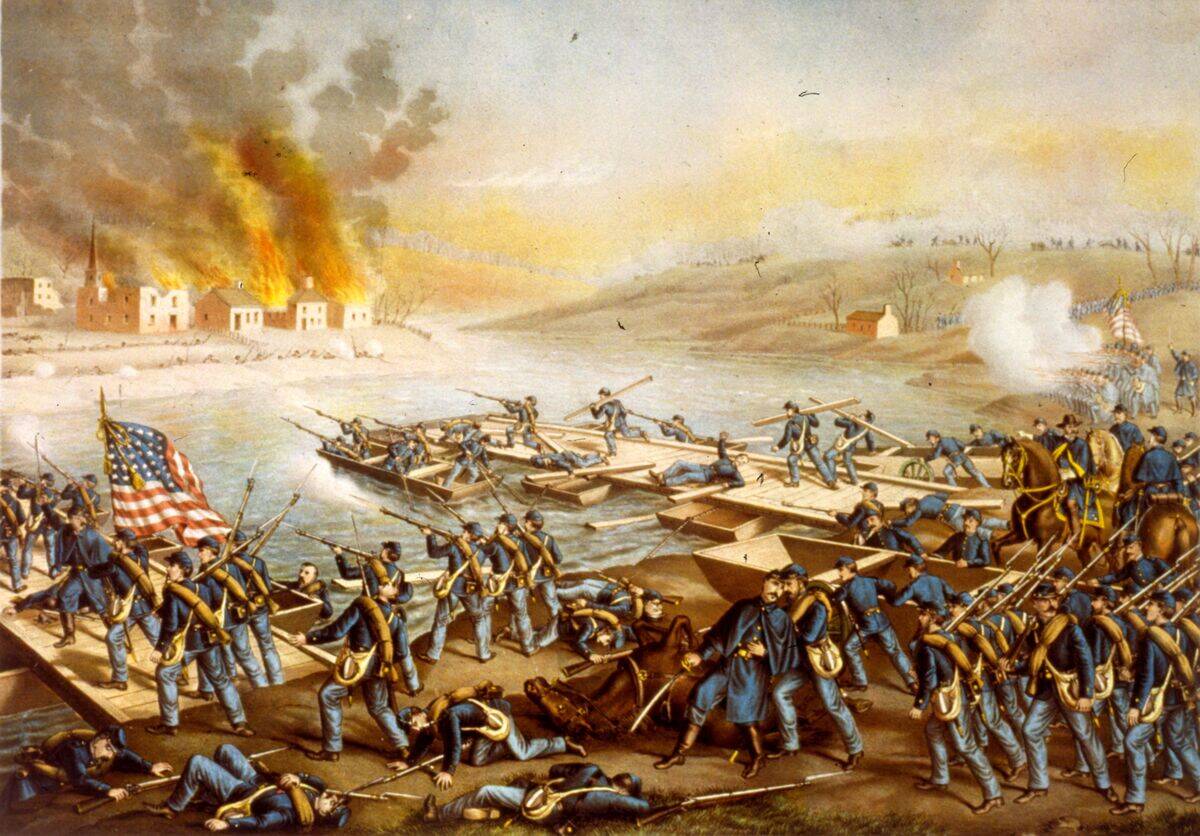
The Battle of Fredericksburg, fought in December 1862, resulted in a decisive Confederate victory. Union forces, led by General Ambrose Burnside, suffered heavy casualties, with more than 12,000 soldiers lost. The Confederates, under General Lee, successfully defended their stronghold, inflicting a significant blow to Union morale. This battle highlighted the challenges of urban warfare and showcased Lee’s tactical brilliance, solidifying his reputation as one of the war’s most formidable commanders.
The Battle of Chancellorsville
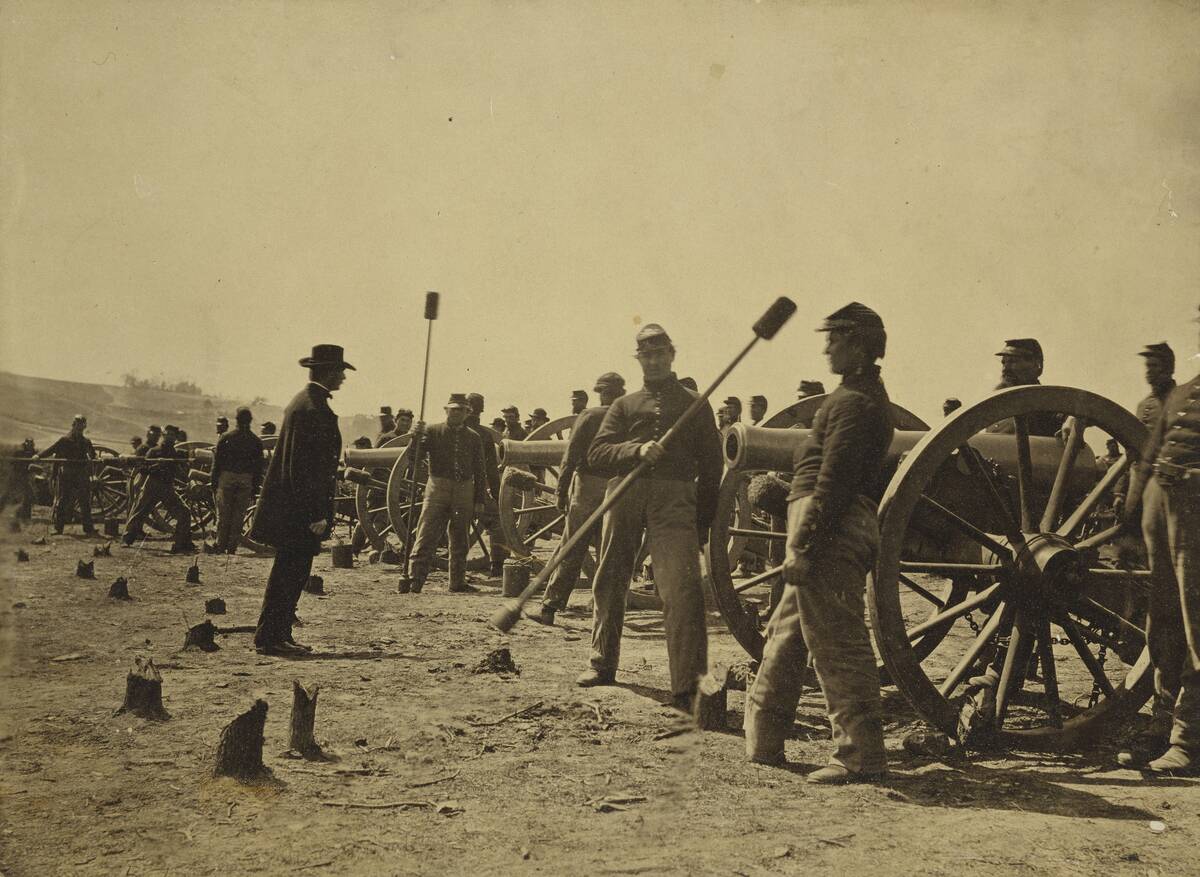
The Battle of Chancellorsville, fought in May 1863, is often regarded as General Lee’s greatest victory. Despite being outnumbered, Lee’s audacious decision to divide his forces resulted in a stunning Confederate victory. The battle, however, came at a high cost, with the loss of General Stonewall Jackson, one of Lee’s most trusted commanders. The victory demonstrated Lee’s strategic genius but also foreshadowed the Confederacy’s eventual doom as their resources and manpower dwindled.
The Battle of Spotsylvania Court House
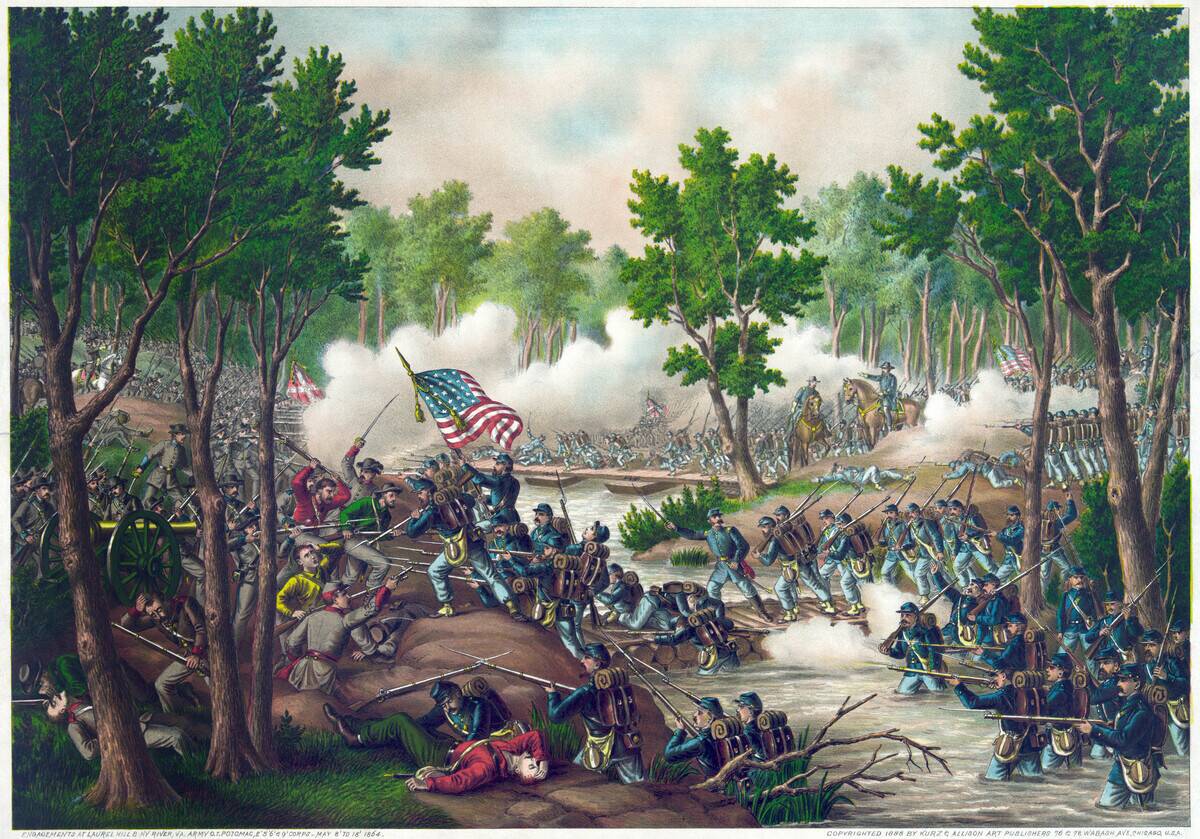
The Battle of Spotsylvania Court House, part of the Overland Campaign, was a grueling two-week engagement in May 1864. The battle is infamous for the “Bloody Angle,” where intense hand-to-hand combat led to staggering casualties on both sides. Union forces, led by General Grant, aimed to wear down the Confederate army through a war of attrition. Although the Confederates held their ground, the high cost of the battle underscored the relentless nature of the conflict.
The Battle of Fort Sumter
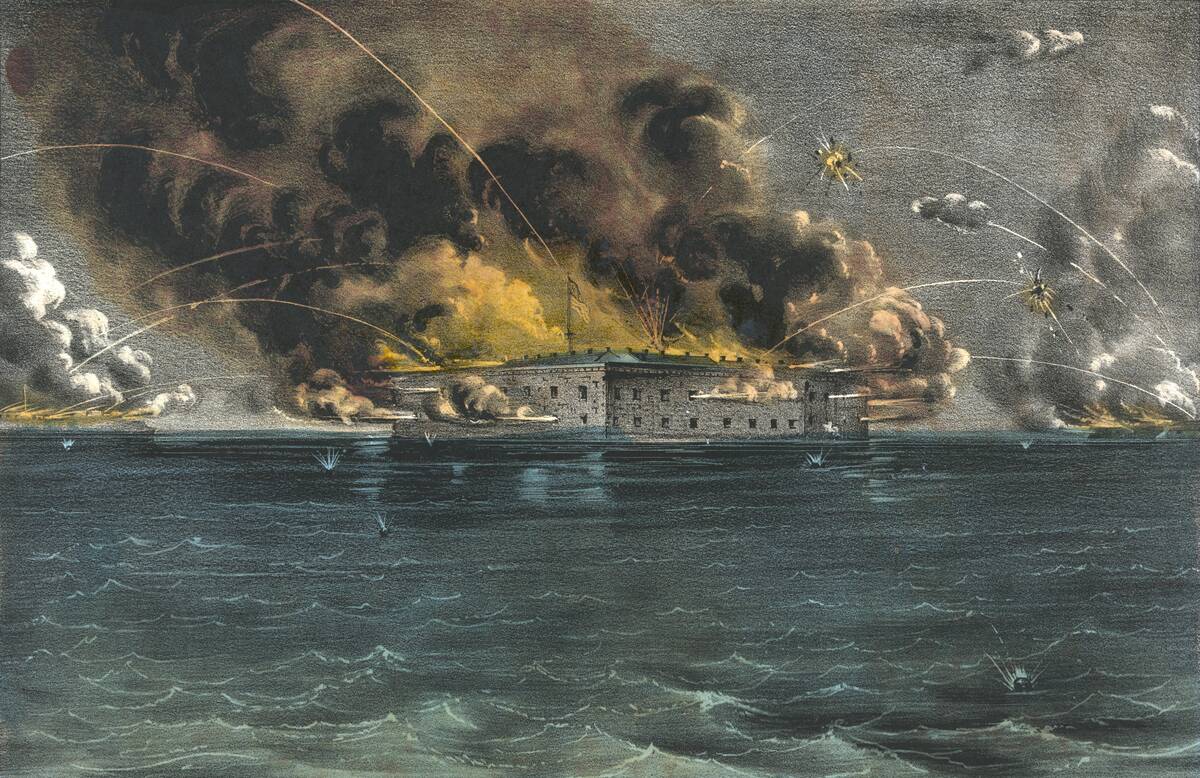
The Battle of Fort Sumter, which took place in April 1861, marked the beginning of the American Civil War. Confederate forces, led by General P.G.T. Beauregard, opened fire on the Union-held fort in Charleston Harbor. After 34 hours of bombardment, Union Major Robert Anderson surrendered. This first confrontation set the stage for the four-year conflict that followed, with Fort Sumter’s fall galvanizing both sides to prepare for the prolonged and bloody struggle ahead.
The Battle of Cold Harbor
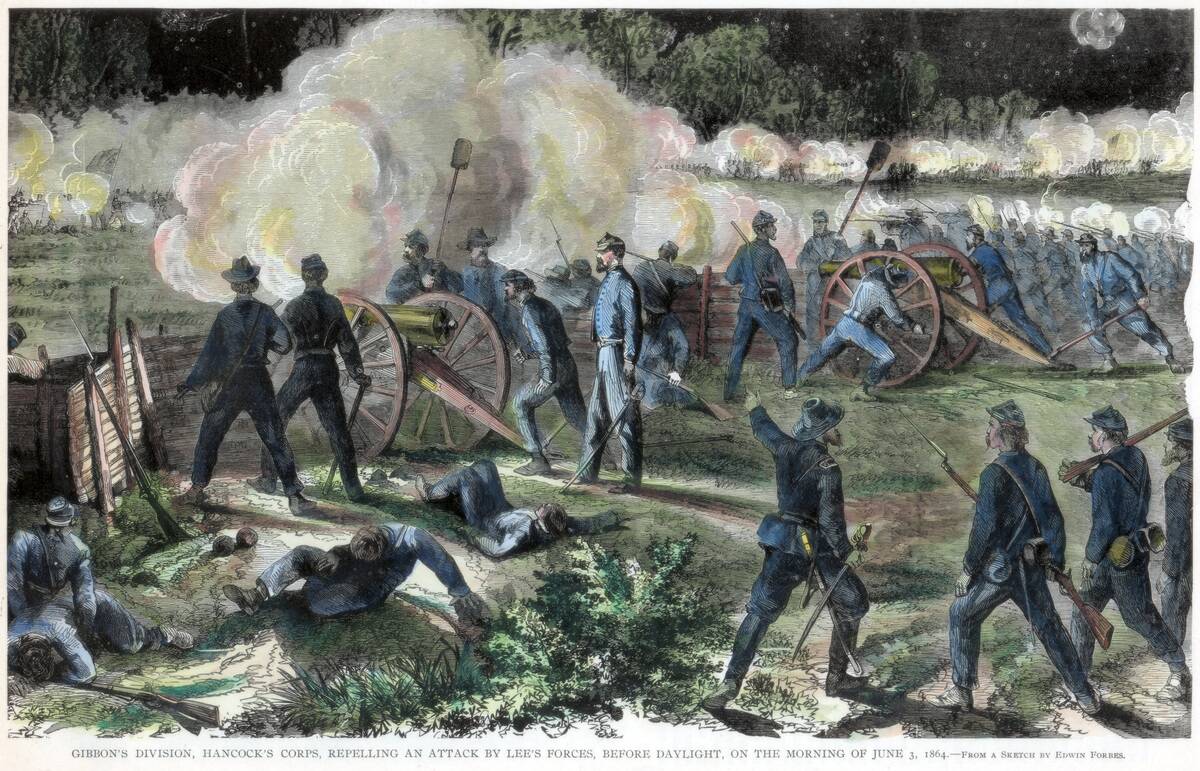
The Battle of Cold Harbor, fought in June 1864, was one of the most lopsided engagements of the Civil War. Union forces, under General Grant, launched a series of frontal assaults against fortified Confederate positions, resulting in nearly 7,000 Union casualties in just one hour. The battle exemplified the horrors of trench warfare and Grant’s willingness to sustain high losses in pursuit of victory. This costly failure haunted Union soldiers, many of whom pinned their names to their uniforms for identification.
The Siege of Petersburg
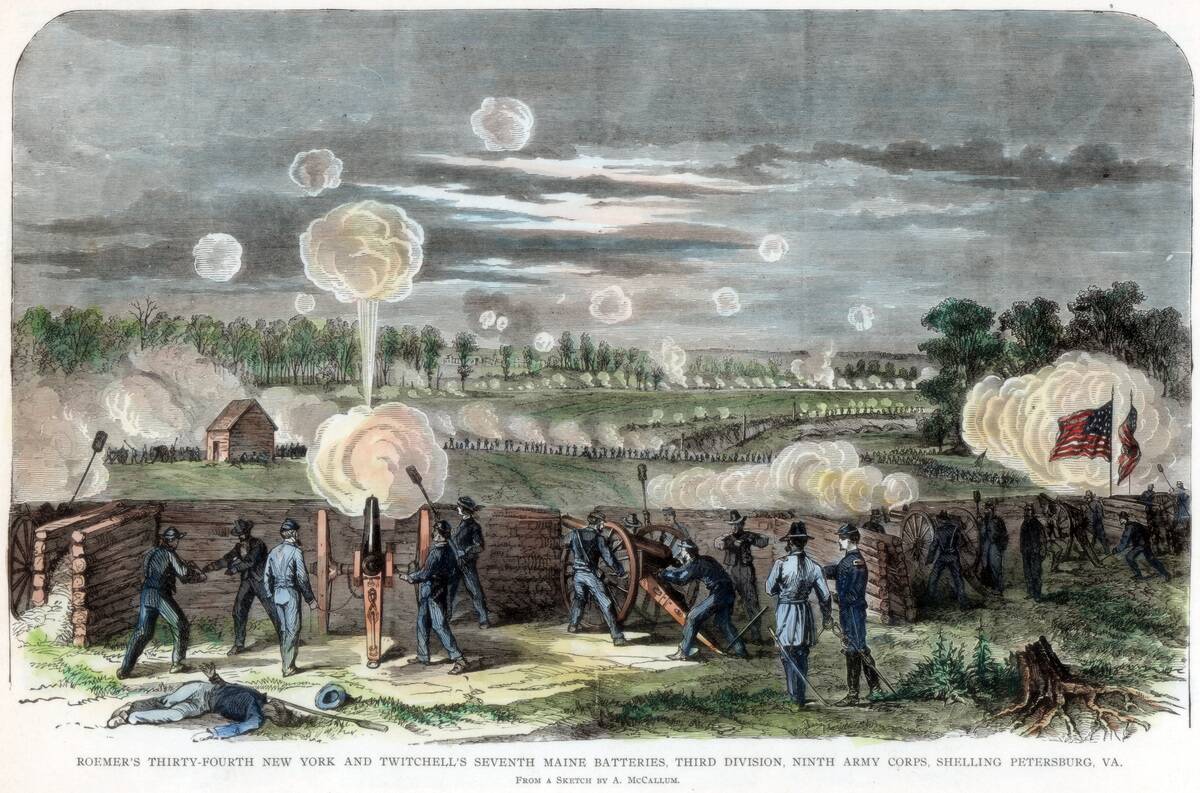
The Siege of Petersburg, lasting from June 1864 to April 1865, was the longest military event of the Civil War. Union forces aimed to cut off Confederate supply lines to Richmond, leading to a prolonged standoff. The siege saw the extensive use of trench warfare, foreshadowing World War I tactics. The eventual Union victory at Petersburg broke the Confederate defense, leading to the fall of Richmond and ultimately, the surrender at Appomattox Court House.
The Battle of Atlanta
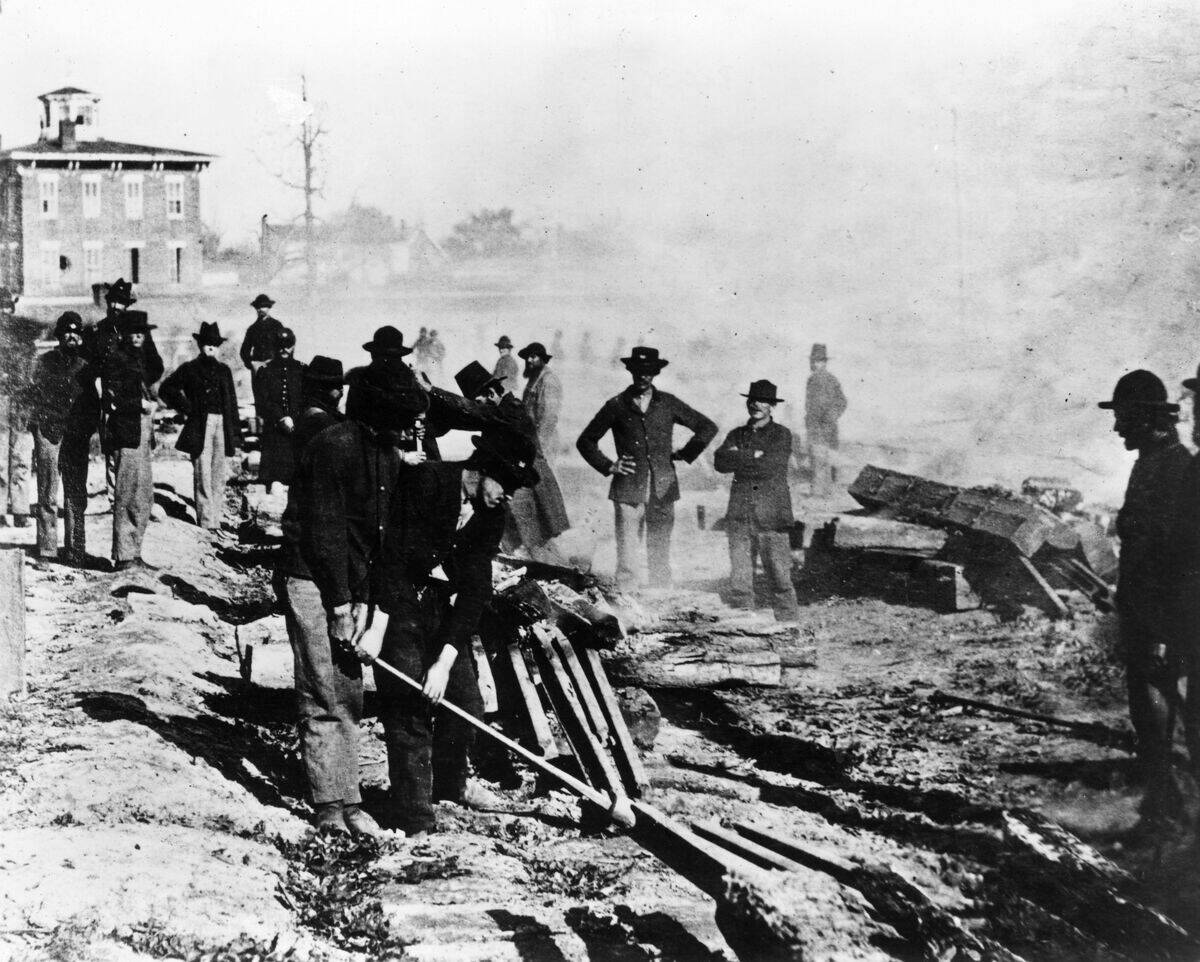
The Battle of Atlanta, fought in July 1864, was a key Union victory as part of Sherman’s Atlanta Campaign. The capture of the city was crucial for the Union’s strategic goals and boosted Northern morale ahead of the presidential election. General William Tecumseh Sherman’s success paved the way for his infamous “March to the Sea,” a campaign of total war aimed at crippling the Confederacy’s economic and military capacity, hastening the war’s end.
The Battle of Bull Run (Manassas)
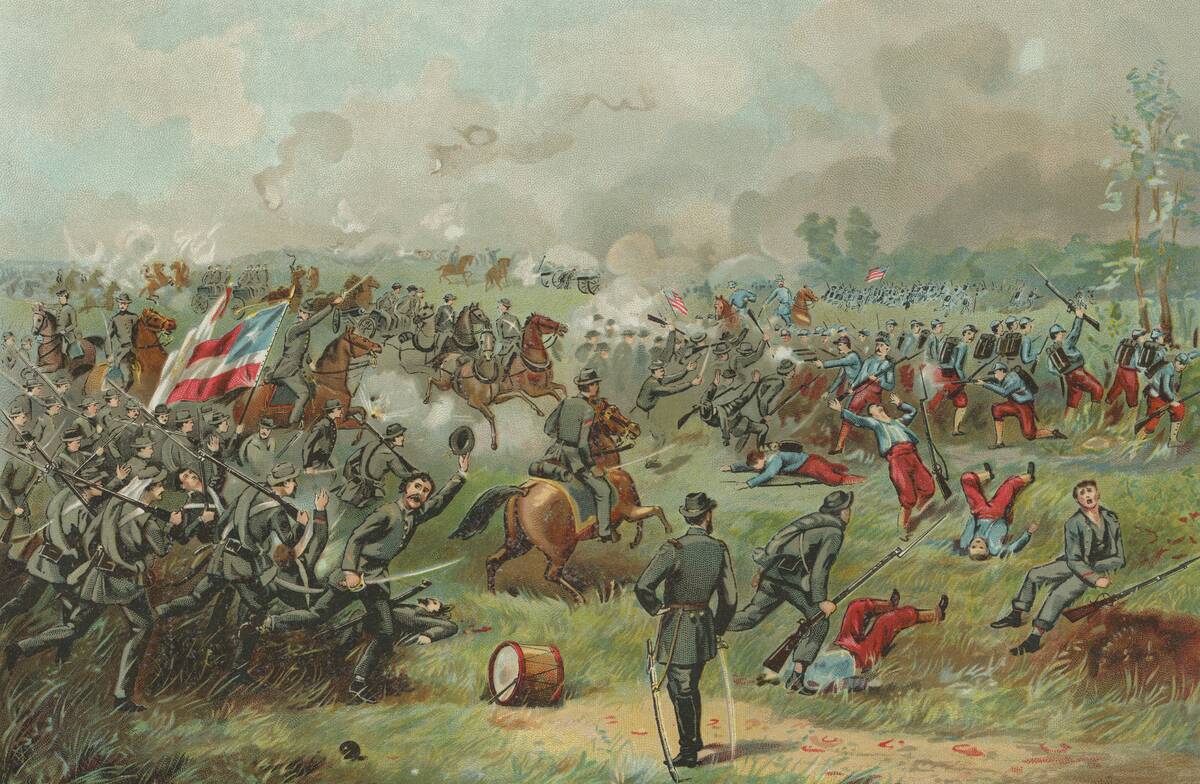
The First Battle of Bull Run, also known as First Manassas, took place in July 1861 and marked the first major land battle of the Civil War. The chaotic engagement shattered any illusions of a short conflict, as Confederate forces achieved a surprising victory. The battle exposed the unpreparedness of both sides and underscored the need for more experienced troops and leadership. It was a sobering experience, setting the tone for the grueling battles that lay ahead.
The Battle of Appomattox Courthouse

The Battle of Appomattox Courthouse, fought on April 9, 1865, effectively ended the Civil War. General Lee’s Confederate army, exhausted and outnumbered, surrendered to General Grant’s Union forces. This momentous occasion took place in a small Virginia village, symbolizing the end of four years of bloodshed. The generous terms of surrender offered by Grant helped to begin the process of reconciliation and healing for a nation torn apart by conflict.
Reflecting on the Civil War’s Legacy and Lessons
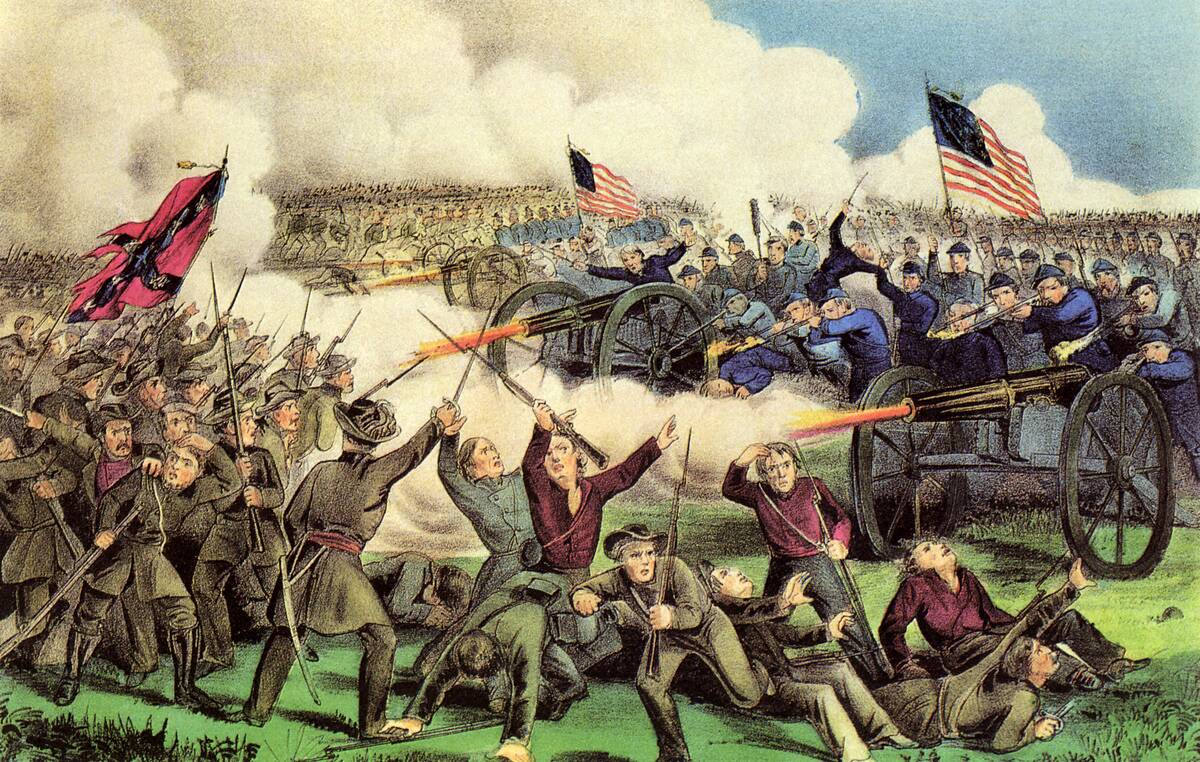
The American Civil War remains a defining chapter in the nation’s history, with its battles leaving an indelible mark on the American consciousness. The conflict was a test of endurance, strategy, and resolve, with each battle contributing to the broader narrative of a nation in turmoil. As we reflect on the legacy of the Civil War, it’s essential to remember the lessons learned about unity, sacrifice, and the ongoing struggle for civil rights and equality.



